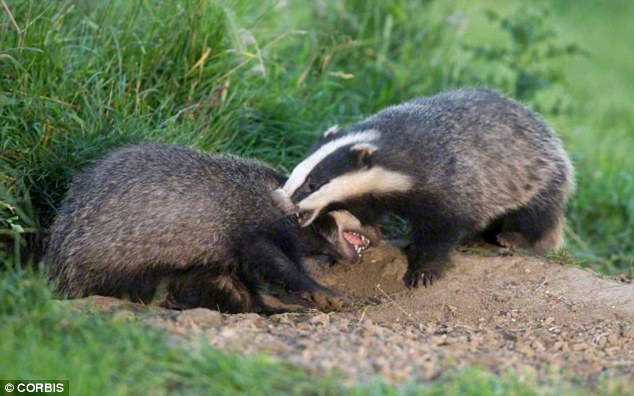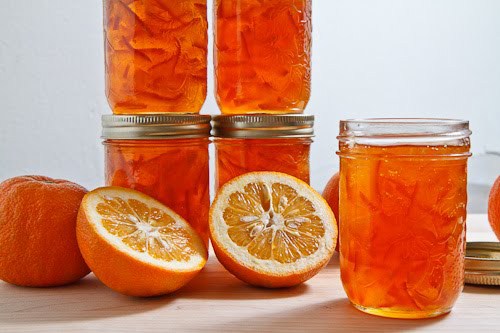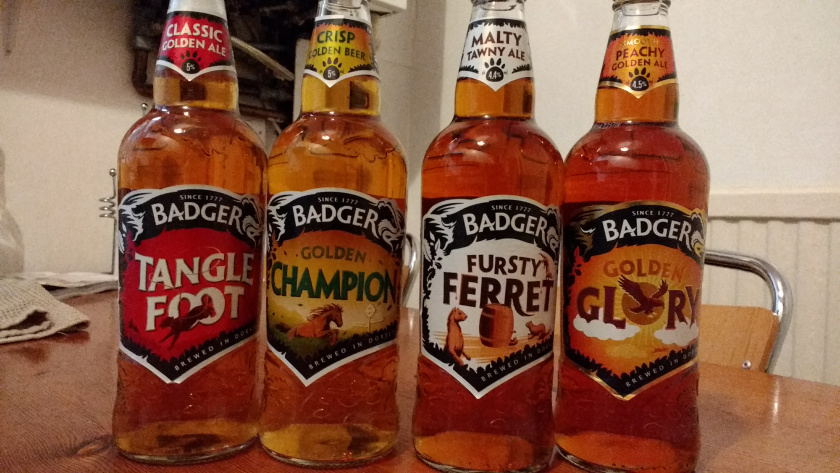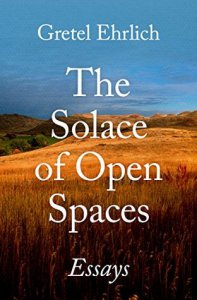If you’ve ever spent time in the bottled beer section of a British supermarket, there’s a good chance you’ll have seen at least a couple of Badger ales staring back at you. There’s also a good chance you’ll have seen me there, grabbing every last bottle and throwing them into my shopping basket like I’m on Supermarket Sweep and Dale Winton has just started yelling in frustration because the contest ended five minutes ago.
 “I’m going to need you to stop drinking those on set, Lawrence”
“I’m going to need you to stop drinking those on set, Lawrence”
So yes, you know I’m already a bit of a Badger fan – I’ve conceded in earlier posts that Poacher’s Choice is one of my dad’s favourites. I’ve already given Golden Glory a review. So it only seems fair to get a few Badgers together and put them head to head.
 No, not like that. Both of you need a time out.
No, not like that. Both of you need a time out.
First off, let’s look at Tanglefoot, so named because of its strength…or at least so I thought. Much to my surprise, the story behind this beer’s naming appears to have changed. Back in my formative years, when I would sneak cans of Dad’s stash back to my room to enjoy secretly under my duvet (sorry Dad), the blurb explained that Tanglefoot was so named because the head brewer had a few too many and fell over when he got up to leave. Hashtag relatable.
But looking at the label now, there is no such story to be found. In its place? An unbelievable tale about a naughty dog tying its owner up in his lead. Don’t believe that rubbish because that is a dirty great fib.
In fairness, I can see why they’ve changed the original story – having a label that basically says “this will get you shitfaced” is probably against some kind of anti-alcoholism campaign. But still. I’m not the first to indignantly notice this, and I’m sure I won’t be the last. Lying is bad, kids.
Moving on from the label at last…Tanglefoot is a light amber in colour, with a sweet, nutty aroma. There’s fruit on the tongue – a light touch of pear and peach, and something I can’t quite make out. Not melon, as the label claims. It’s a strange combination, with nothing there I can really put my finger on. But it’s nice. Really, it is. I’d have another four or five. And at that point, there’s a real risk I’d “trip over my dog’s lead” *winky face*

4/5, both for how drinkable it is and how widely available it is in supermarkets across the country. Thank you, Tanglefoot, for saving us all from Speckled Hen when we go to Tesco Express.
Fursty Ferret is light amber in colour and smells lightly nutty and citrussy. In this case the label goes for Seville oranges: though wounded by the Tanglefoot incident, it’s been years since I last made marmalade so I’ll have to take their word for it.
There’s not that much malty flavour here to counter the bitterness, despite what the neck label might claim, so it’s not that well balanced. The hops taste completely separate to the beer somehow, as if they’ve been added right at the end as an afterthought, or as if someone squeezed in a few drops of “hop flavouring” while they were bottling.
 This looks frighteningly similar to some of Badger’s beers.
This looks frighteningly similar to some of Badger’s beers.
Those ferrets might be fursty, but I’ll save my thirst for a better beer. 2/5
We’ve already had one golden beer, but apparently for Badger that’s not enough. Golden Champion smells fresh: slightly lemony. On the palate there’s still that freshness but coming through clearer now as elderflower, backed up with apples and perhaps rose. It’s well-balanced – much more subtle than Ferret or Champion’s golden sibling, Golden Glory. I know it’s kind of asking for it with the name, but I genuinely think this one might be the champion. 4/5
 Yes, I had another bottle of Golden Glory. The deal made me get four!
Yes, I had another bottle of Golden Glory. The deal made me get four!
What do these beers have in common? There’s more similarities here than there are differences. My impression is that they all come from the same base mix of malt and hops, with slight variations in each recipe to give it a distinct flavour. So the hop flavours differ, and of course the colours, but the basics – mouthfeel, effervescence, malt flavours – remain the same across the board.
How do I rate Badger as a brewer now that I’ve put their beers head to head? Honestly, having worked out how similar they all are, I’m a little disappointed. Badger always had a special place in my heart for making what I thought were truly unique, unusual beers. As it turns out, their range is just variations playing across the same theme.
Having said that, it is a good theme. And some of those variations are pretty great – Poacher’s Choice, for instance, is not a beer I’d have expected to enjoy had someone tried to describe the concept to me. If you tried to sell be a bottle of Golden Glory by calling it “peach beer” I’d most likely tell you to bugger off. But somehow, Badger’s done it. They’ve helped me broaden my horizons a little, and for that I’m grateful. I’ll keep a look out for Badger’s beers when I’m out and about, and Tanglefoot makes a good “base beer” to keep on hand for special occasions and long sessions at the writing desk (given how often retailers seem to have it on discount).
There’s certainly more exciting, skillful brewers out there than Badger, but in fairness, out of the beers lining the supermarket shelves these are quite often the best on offer. You’d be mad to only ever drink Badger, but you’d be a fool not to give them a try.
Advertisements Share this:





